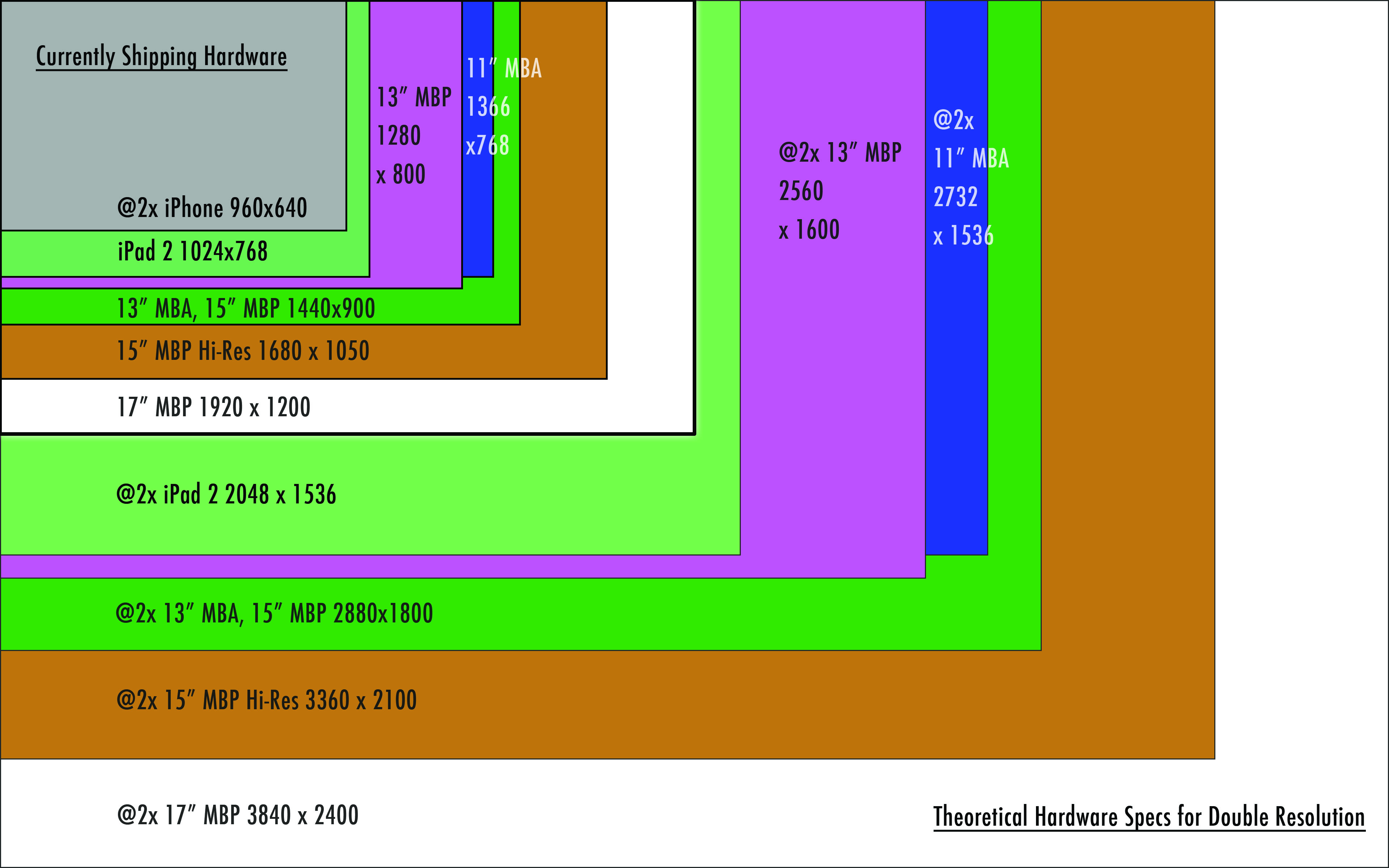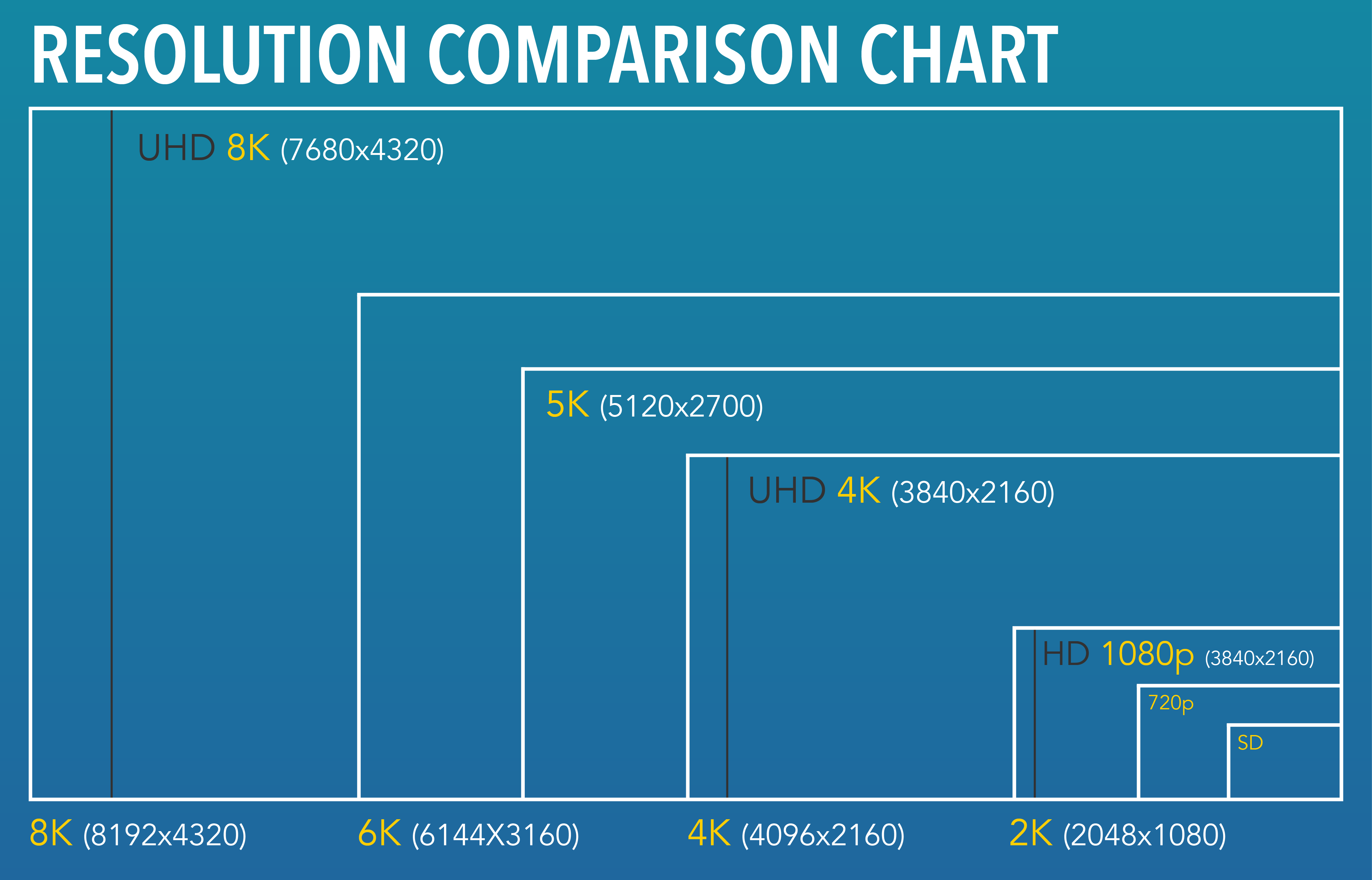Display size or camera res nyt – In the realm of modern devices, display size and camera resolution reign supreme, shaping our user experience in profound ways. From immersive entertainment to crystal-clear photography, these factors play a crucial role in our digital interactions.
This comprehensive guide delves into the intricate relationship between display size and camera resolution, exploring their impact on ergonomics, content consumption, and device design. By understanding these key elements, we can unlock the full potential of our devices and elevate our user experience to new heights.
Display Size
Display size significantly influences user experience, affecting factors like readability, comfort, and immersion. The optimal display size varies based on the device’s intended purpose and usage scenarios.
Have you ever wondered what is harder to catch faster you run ? The answer is your breath. As you run, your breath becomes more shallow and rapid, making it harder to catch. This is because your body is working harder to deliver oxygen to your muscles, which requires more energy.
So, the faster you run, the harder it becomes to catch your breath.
Optimal Display Size for Different Devices
Smartphones: Display sizes typically range from 4 to 6.9 inches. Smaller screens are more compact and portable, while larger screens provide a more immersive viewing experience.Tablets: Display sizes generally fall between 7 and 13 inches. The larger screen real estate is ideal for content consumption, multitasking, and note-taking.Laptops: Display sizes typically range from 13 to 17 inches.
The larger screens offer a more spacious workspace for productivity and entertainment.Desktops: Display sizes can vary greatly, ranging from 21 to 34 inches or more. Larger screens provide ample space for multiple windows, multitasking, and gaming.
Camera Resolution
Camera resolution refers to the number of pixels in a digital image, which determines the level of detail it can capture. Higher resolution images contain more pixels, resulting in sharper and clearer images. Resolution is expressed in megapixels (MP), with each megapixel representing one million pixels.Camera resolution is crucial for various reasons.
It affects the image quality, allowing for larger prints without losing detail. Higher resolution images are also better suited for cropping and zooming without compromising image clarity. Additionally, high-resolution cameras enable better low-light performance, capturing more light and reducing noise in images.
Advantages and Disadvantages of Different Camera Resolutions
The choice of camera resolution depends on specific needs and preferences. Higher resolution cameras offer the following advantages:
- Sharper and more detailed images
- Larger prints without loss of quality
- Better cropping and zooming capabilities
- Improved low-light performance
However, higher resolution cameras also have some drawbacks:
- Larger file sizes, requiring more storage space
- Slower processing and editing times
- Potential for increased noise in low-light conditions
Choosing the Right Camera Resolution
To choose the right camera resolution, consider the following factors:
Intended use
Determine the purpose of the images, such as printing, web sharing, or social media.
Print size
If you plan to print large images, a higher resolution is necessary to maintain image quality.
Cropping and zooming
If you frequently crop or zoom images, a higher resolution provides more flexibility.
Storage capacity
Consider the available storage space on your devices and the potential file sizes of higher resolution images.
Processing power
Ensure your computer or editing software can handle the larger file sizes associated with high-resolution images.
Display Technology
Modern devices employ a diverse array of display technologies, each with unique characteristics and advantages. These technologies encompass OLED, LCD, and Mini-LED, among others, offering varying levels of color accuracy, contrast ratio, brightness, and viewing angles.
OLED (Organic Light-Emitting Diode)
OLED displays are self-emissive, meaning each pixel generates its own light. This eliminates the need for a backlight, resulting in exceptional contrast ratios and deep blacks. OLEDs also boast wide color gamuts, producing vibrant and lifelike images. However, they can be more susceptible to burn-in, where static images can leave permanent marks on the screen.
Examples: Samsung Galaxy S23 Ultra, Apple iPhone 14 Pro Max
LCD (Liquid Crystal Display)
LCD displays use a liquid crystal layer that changes orientation when an electric current is applied. This alters the amount of light passing through the panel, creating the desired image. LCDs offer good color reproduction and wide viewing angles, but they generally have lower contrast ratios and brightness levels compared to OLEDs.
Examples: Dell XPS 13, Lenovo Yoga 9i
Mini-LED
Mini-LED displays utilize thousands of tiny LEDs as the backlight for an LCD panel. This provides more precise control over the backlight, allowing for improved contrast ratios and HDR performance. Mini-LEDs offer a balance between the high image quality of OLEDs and the affordability of LCDs.
Examples: Apple iPad Pro 12.9-inch, Samsung Neo QLED TVs
Impact on Content Consumption

The size of a display and the resolution of a camera have a significant impact on how content is consumed. Larger displays allow for more immersive experiences, while higher resolutions provide greater detail and clarity. These factors can influence the way content is created and consumed, with implications for both content creators and consumers.
For content creators, the display size and camera resolution of their target audience can influence the way they produce content. For example, creators who know their audience has large, high-resolution displays may create content with more detailed visuals and immersive experiences.
Conversely, creators targeting audiences with smaller, lower-resolution displays may need to optimize their content for clarity and readability.
Content Optimization for Different Display Sizes and Resolutions
Content creators can optimize their content for different display sizes and resolutions by considering the following factors:
- Image size and resolution:Images should be sized appropriately for the display they will be viewed on. High-resolution images can appear pixelated on smaller displays, while low-resolution images can appear blurry on larger displays.
- Text size and readability:Text should be large enough to be easily readable on the display. Smaller displays may require larger text sizes, while larger displays can accommodate smaller text sizes.
- Layout and design:The layout and design of content should be optimized for the display size. For example, a website designed for a large display may need to be redesigned for a smaller display to ensure that all content is visible and accessible.
Ergonomics and Accessibility
Display size and camera resolution play crucial roles in ensuring ergonomic use and accessibility of devices. Ergonomic considerations involve designing devices that prioritize user comfort, reduce strain, and promote well-being during extended use.
If you’re looking for inspiration for your next player of the game award , look no further. Whether you’re rewarding a standout athlete or a team player, there are plenty of creative ideas to choose from. From personalized trophies to unique experiences, you’re sure to find the perfect way to celebrate their achievements.
Impact on User Comfort
Larger display sizes can reduce eye strain by providing more screen real estate, allowing users to view content without having to constantly refocus their eyes. Higher camera resolutions enable sharper images and videos, reducing the need for users to strain their eyes to see details.
Accessibility for Individuals with Disabilities, Display size or camera res nyt
For individuals with visual impairments, larger displays and higher camera resolutions can enhance accessibility. Enlarged text and high-resolution images can make content more readable and easier to perceive. Additionally, devices with ergonomic features, such as adjustable stands and keyboards, can accommodate users with different physical abilities.
Recommendations for Ergonomic Use
To optimize devices for ergonomic use:
- Choose a display size that provides ample screen real estate without straining your eyes.
- Ensure the camera resolution is high enough to capture sharp images and videos.
- Adjust the device’s height, angle, and lighting to minimize glare and reduce neck and back strain.
- Take regular breaks from screen time to rest your eyes and prevent eye fatigue.
Future Trends
The relentless march of technology continues to push the boundaries of display size and camera resolution. As we look towards the future, several emerging trends are poised to reshape the way we interact with our devices and consume content.
One of the most significant trends is the increasing adoption of foldable displays. These innovative displays allow devices to be both compact and expansive, providing users with the best of both worlds. Foldable smartphones, for example, can be easily carried in a pocket while still offering a large screen for immersive content consumption and multitasking.
Another notable trend is the rise of ultra-high-resolution displays. With pixel densities that far exceed the limits of human vision, these displays offer unparalleled clarity and detail. This advancement will not only enhance the viewing experience for movies and games but also enable new applications in fields such as virtual reality and augmented reality.
Device Design
The adoption of foldable displays and ultra-high-resolution displays will have a profound impact on device design. Foldable devices, in particular, present unique challenges for manufacturers. They must carefully balance durability, flexibility, and functionality to create devices that are both reliable and user-friendly.
Ultra-high-resolution displays, on the other hand, will drive the need for more powerful processors and graphics cards. This will lead to the development of devices that are not only visually stunning but also capable of handling demanding tasks.
User Experience
The future trends in display size and camera resolution will also have a significant impact on the user experience. Foldable displays will provide users with more flexibility and convenience, allowing them to tailor their devices to their specific needs. Ultra-high-resolution displays, meanwhile, will offer an immersive and captivating viewing experience, making content consumption more enjoyable and engaging.
Camera Technology
In addition to display technology, camera technology is also undergoing rapid advancements. One of the most promising trends is the development of computational photography. This technique uses software algorithms to enhance the quality of images captured by smartphone cameras. Computational photography can be used to reduce noise, improve dynamic range, and create realistic depth-of-field effects.
Another emerging trend is the adoption of multi-lens camera systems. These systems use multiple lenses with different focal lengths to capture images with a wider field of view and greater depth of field. This technology is particularly beneficial for capturing landscapes, portraits, and group shots.
Future of Display and Camera Technology
The future of display and camera technology is bright. As these technologies continue to evolve, we can expect to see even more innovative and groundbreaking applications. Foldable displays, ultra-high-resolution displays, computational photography, and multi-lens camera systems are just a glimpse of what the future holds.
These advancements will continue to shape the way we interact with our devices and experience the world around us.
Closure: Display Size Or Camera Res Nyt

As technology continues to evolve, display size and camera resolution will remain at the forefront of innovation, driving the development of cutting-edge devices that cater to our ever-changing needs. By staying informed about these trends, we can make informed decisions about our next device purchase and ensure that we have the best possible user experience.
Q&A
What is the optimal display size for a smartphone?
The optimal display size for a smartphone typically ranges between 5.5 and 6.5 inches. This size provides a good balance between portability and screen real estate for most users.
What is the difference between camera resolution and image quality?
Camera resolution refers to the number of pixels in an image, while image quality encompasses a broader range of factors, including lens quality, sensor size, and software processing.
How does display size affect battery life?
Larger displays typically consume more power than smaller displays, as they require more pixels to be illuminated. However, other factors such as screen brightness and refresh rate also impact battery life.
